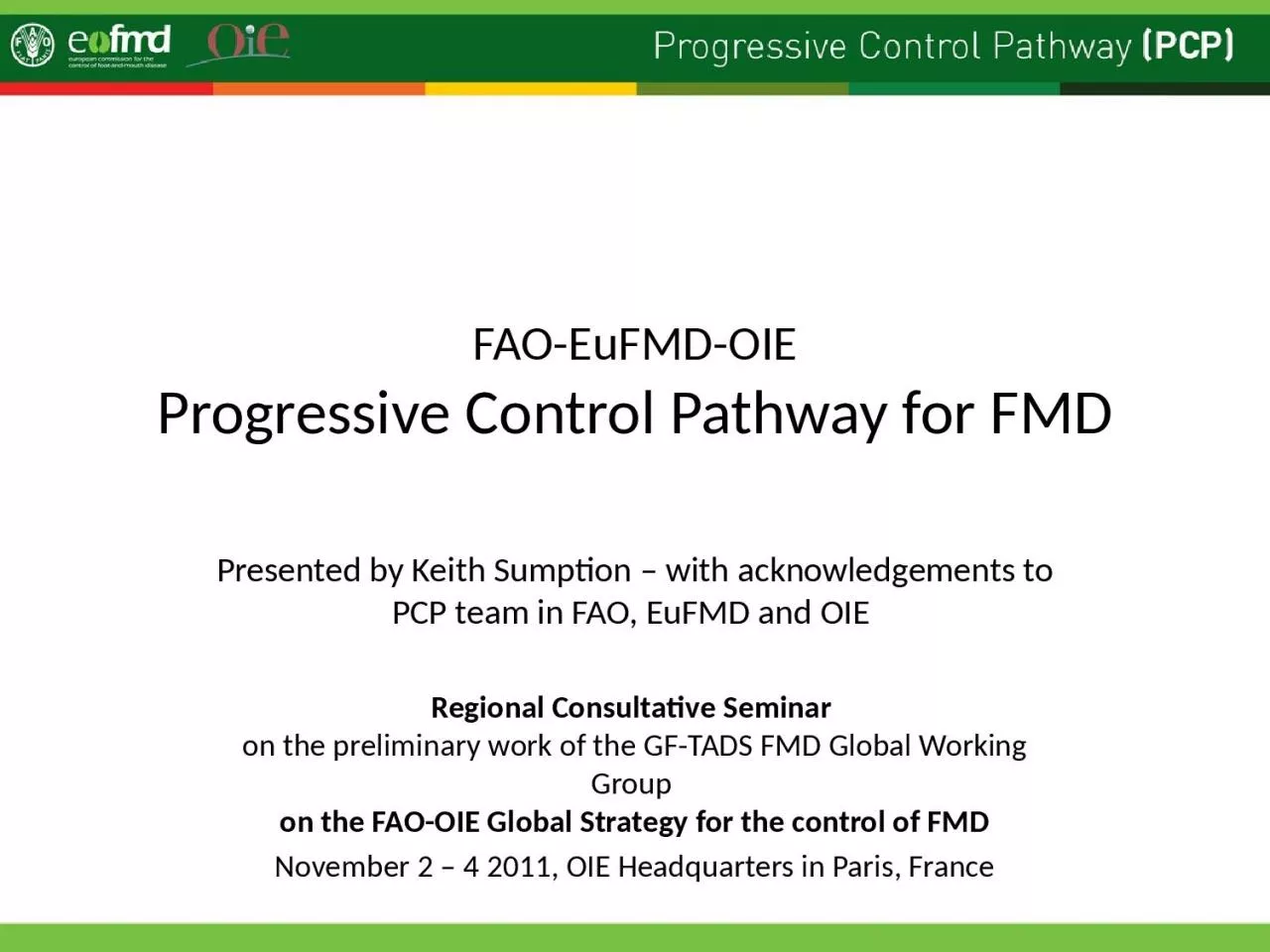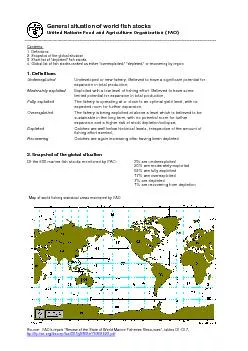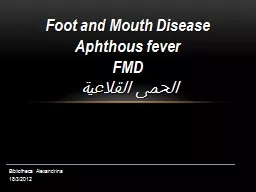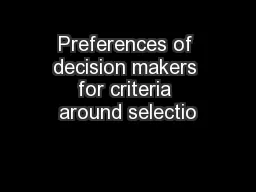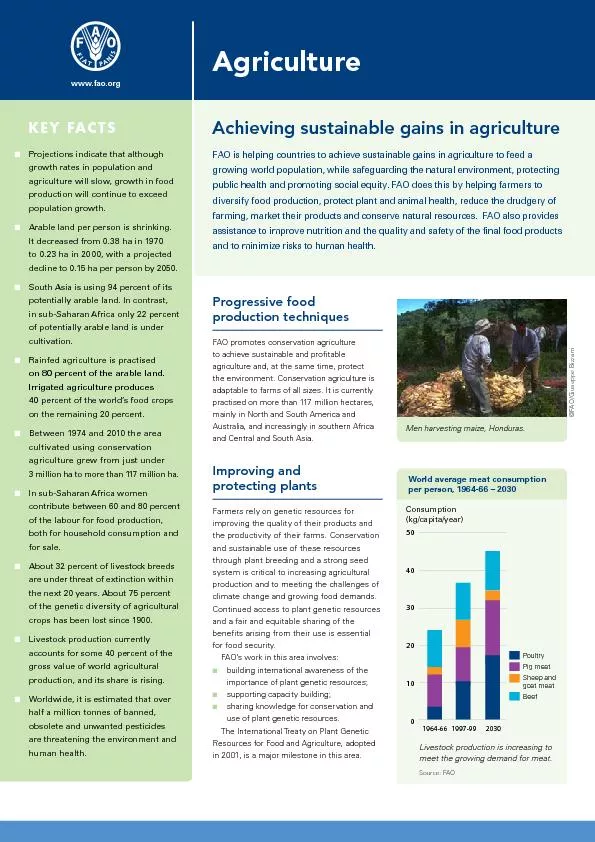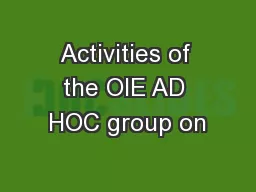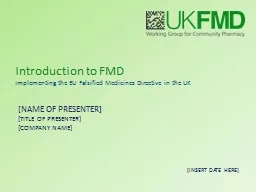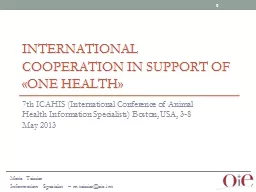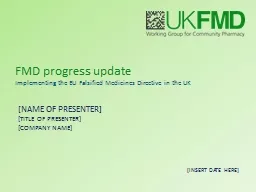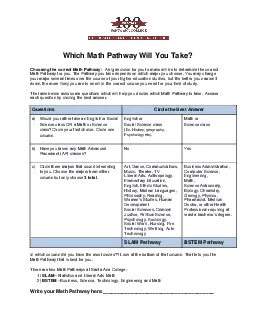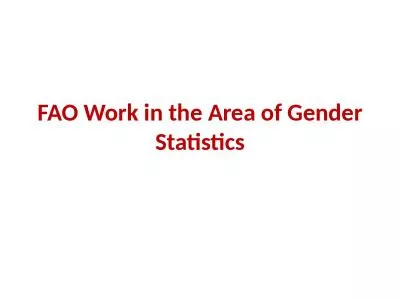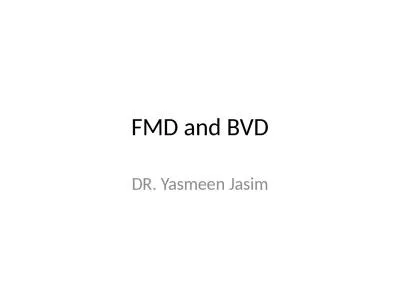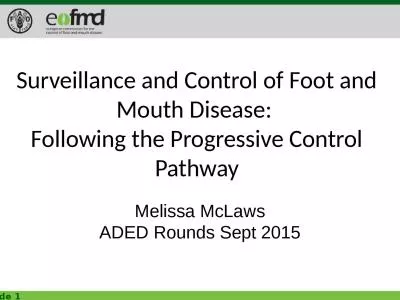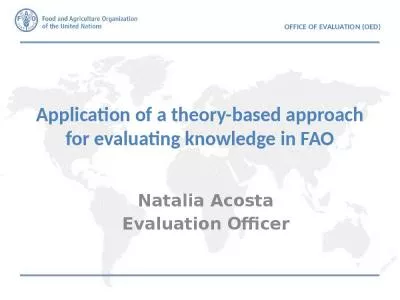PPT-FAO-EuFMD-OIE Progressive Control Pathway for FMD
Author : jade | Published Date : 2023-10-27
Presented by Keith Sumption with acknowledgements to PCP team in FAO EuFMD and OIE Regional Consultative Seminar on the preliminary work of the GFTADS FMD Global
Presentation Embed Code
Download Presentation
Download Presentation The PPT/PDF document "FAO-EuFMD-OIE Progressive Control Pathwa..." is the property of its rightful owner. Permission is granted to download and print the materials on this website for personal, non-commercial use only, and to display it on your personal computer provided you do not modify the materials and that you retain all copyright notices contained in the materials. By downloading content from our website, you accept the terms of this agreement.
FAO-EuFMD-OIE Progressive Control Pathway for FMD: Transcript
Download Rules Of Document
"FAO-EuFMD-OIE Progressive Control Pathway for FMD"The content belongs to its owner. You may download and print it for personal use, without modification, and keep all copyright notices. By downloading, you agree to these terms.
Related Documents

